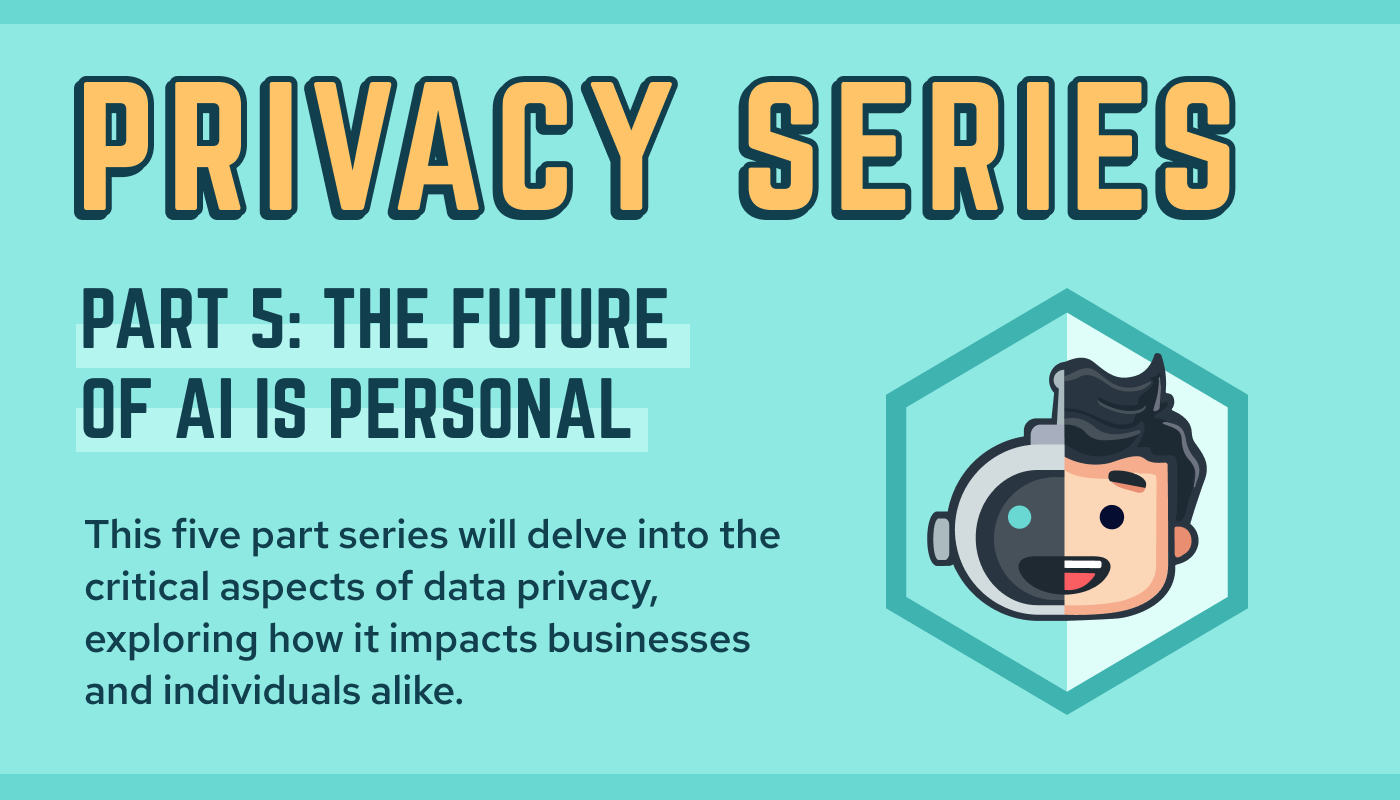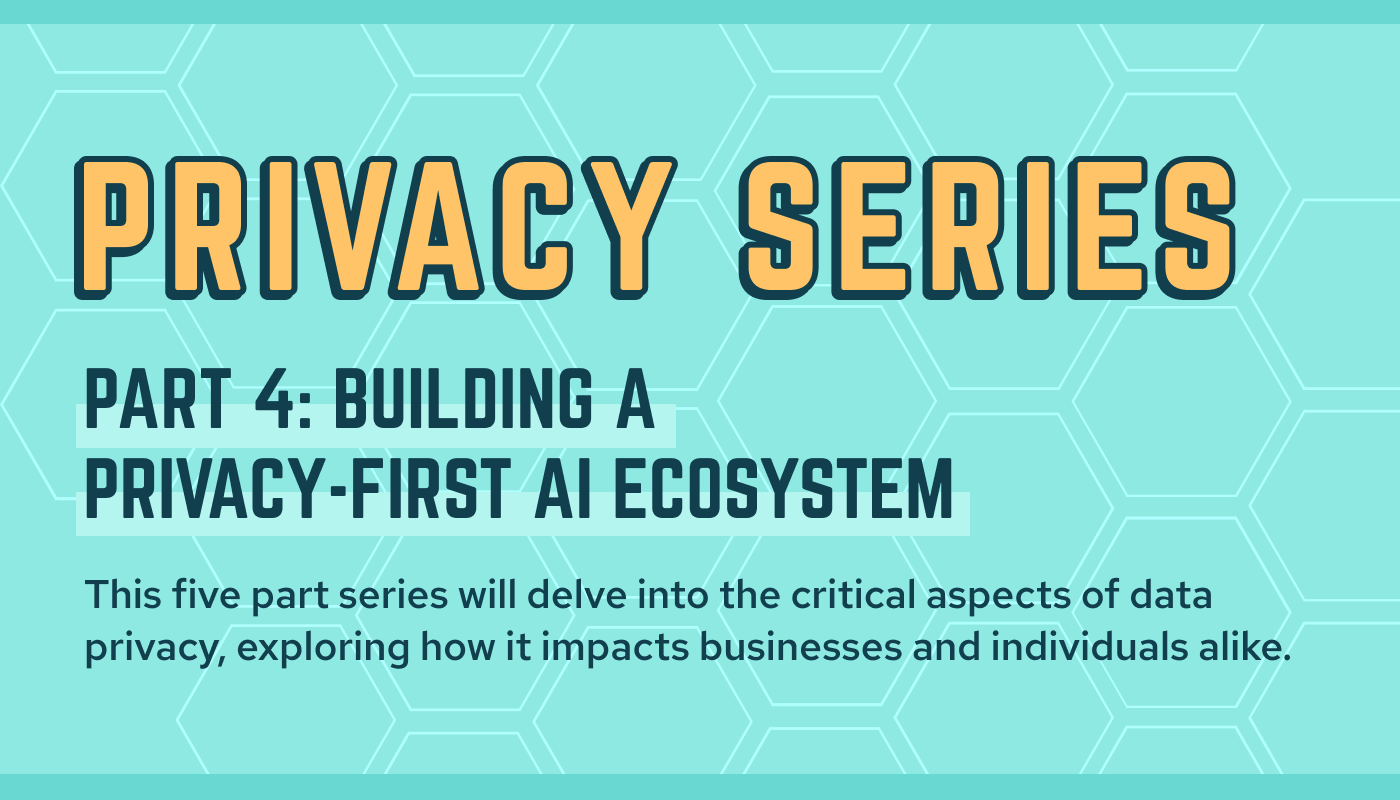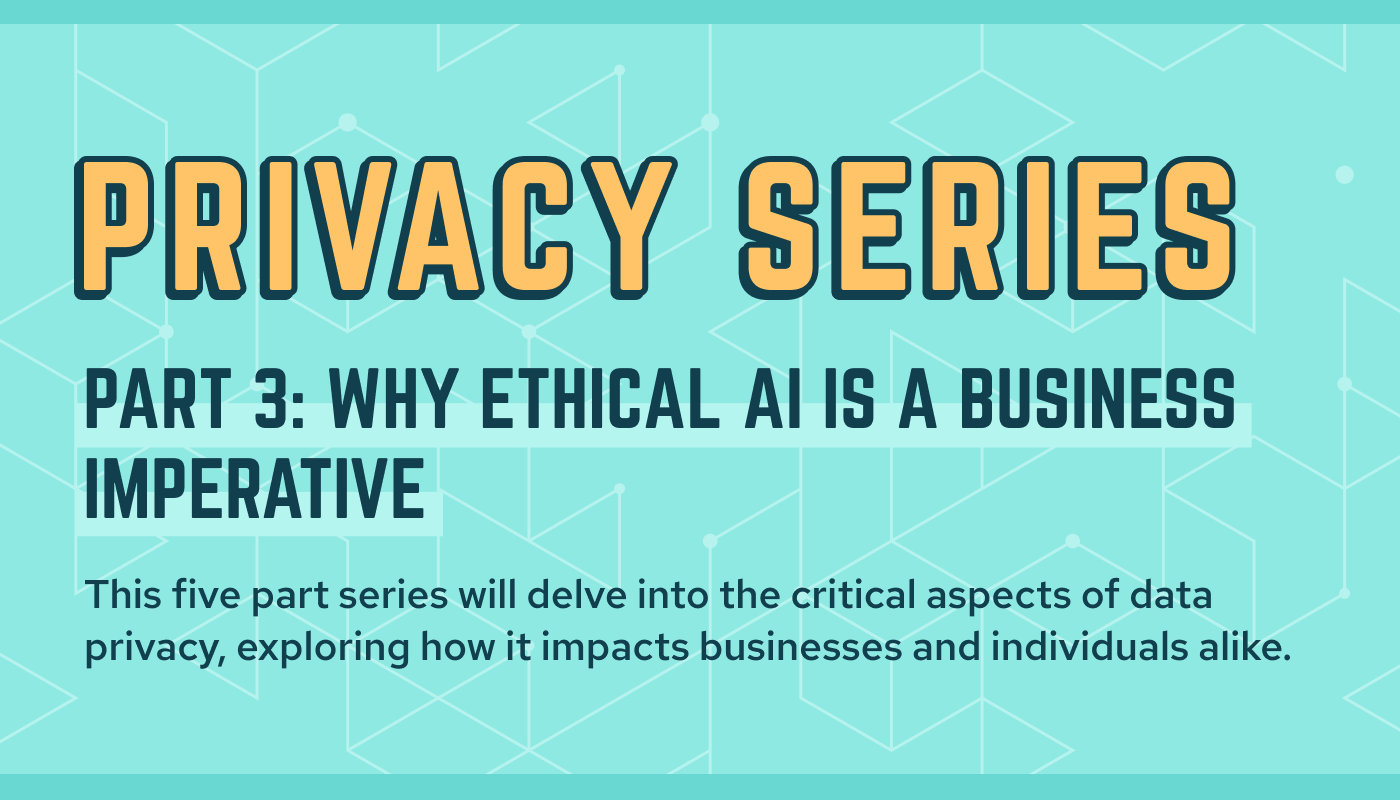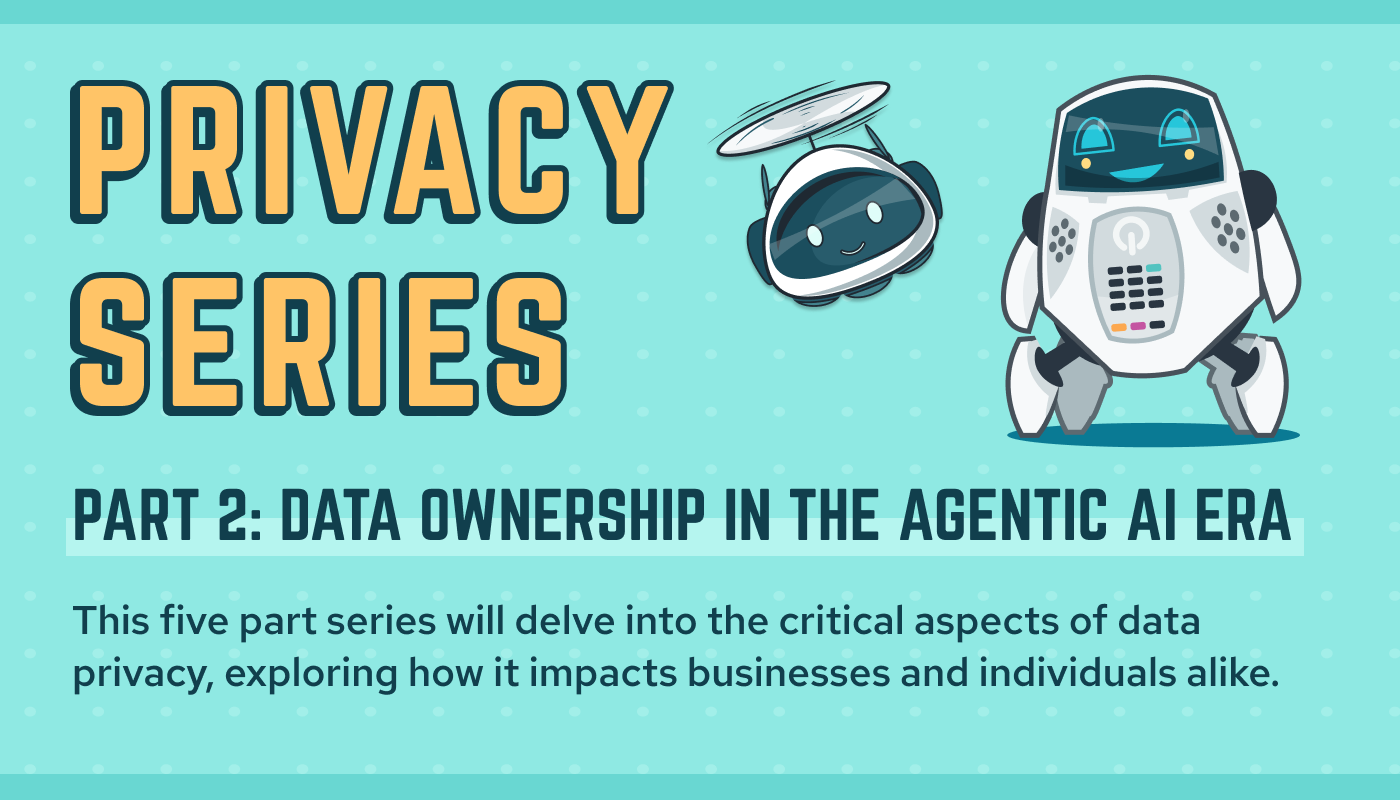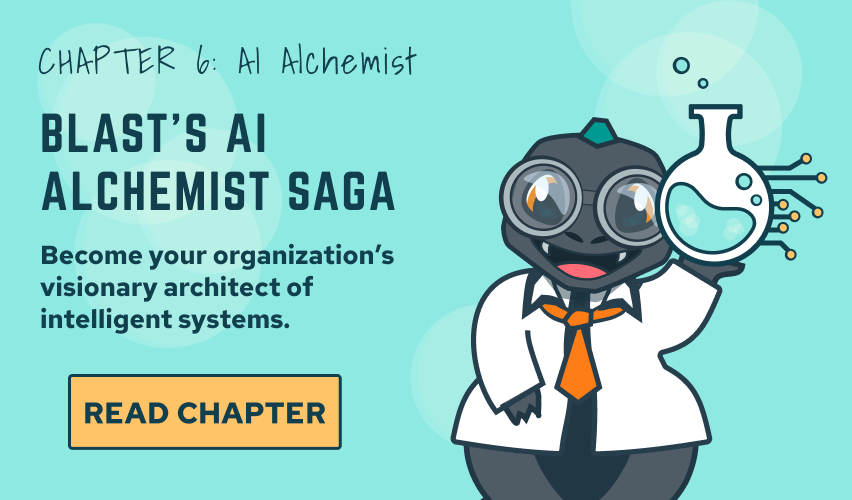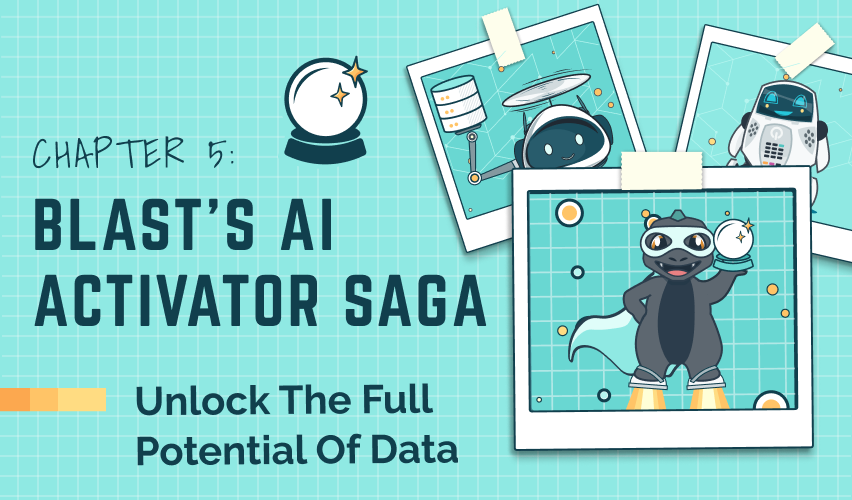
PART 1
The Transformative Power of Active Metadata: Driving Intelligent Data Management
In the next wave of big data and AI, traditional static metadata – the descriptive tags and annotations accompanying data – is evolving into something more dynamic and transformative. Enter “active metadata,” a powerful mechanism that describes data assets and harnesses this information in real-time to automate, enrich, and streamline data management processes. Here’s why active metadata is becoming a cornerstone of modern data strategies.
Active Metadata: A Primer
Active metadata is interactive and responsive, unlike passive metadata, which is a simple reference point. It includes the basic “data about data,” such as creation dates, authors, and file types. It also encompasses broader contexts, such as usage patterns, data quality insights, and relationships between datasets. By leveraging graph data structures, machine learning (ML), and artificial intelligence (AI), active metadata systems can learn and adapt over time, enabling benefits that redefine how organizations manage and capitalize on their data assets.
Benefits of Active Metadata
Active metadata is not just an incremental improvement over its passive predecessor; it’s a paradigm shift. It’s a living, breathing aspect of the data ecosystem that can anticipate needs, prevent errors, and unlock the true potential of an organization’s data. In essence, it transforms data from a static resource into a dynamic asset contributing to the organization’s success.
As businesses navigate the complexities of digital transformation, the role of active metadata in achieving a sustainable competitive advantage becomes increasingly evident. Organizations that recognize and leverage the full spectrum of benefits of active metadata will be well-placed to lead in the data-driven future.
This overview provides a foundation for understanding the multidimensional benefits of active metadata. Each organization may experience these benefits in varying degrees, but the universal truth remains: active metadata redefines the data management and analytics landscape.
In part 2 of this blog series, we’ll explore how BurstIQ uses the transformative power of metadata to help revolutionize health data intelligence.
About BurstIQ:
BurstIQ’s LifeGraph is an advanced data management platform that enables secure, transparent, and efficient data management for businesses across various industries. By harnessing the power of blockchain technology, BurstIQ empowers organizations to quickly integrate data from any source so they can create a trustworthy business ecosystem. The platform applies knowledge graphs to make data more accessible and to deliver insights that optimize processes, reduce risk, and personalize customer solutions across their ecosystems. With a strong focus on innovation and customer-centricity, BurstIQ continues revolutionizing industries and setting new standards in enterprise blockchain-powered Web3 solutions.
To learn more about how LifeGraph can help you extend your capabilities to build trustworthy, AI-ready exchanges, and robust data analytics from a single, powerful platform, please contact us here.
